In project management, uncertainty is inevitable. A well-prepared risk management plan is essential to anticipate potential obstacles, minimize their impact, and improve the likelihood of project success. This guide provides a step-by-step approach to building a comprehensive risk management plan, covering everything from identifying risks to developing mitigation strategies and monitoring processes.
1. Identifying Potential Risks
Identifying risks early in the project lifecycle is crucial for proactive management. Effective risk identification allows project managers and stakeholders to address potential issues before they escalate, ensuring smoother project execution.
Methods for Risk Identification
– Brainstorming Sessions: Engage team members and stakeholders in brainstorming sessions to generate a comprehensive list of potential risks. Involve individuals from different departments to gain diverse perspectives.
– SWOT Analysis: A SWOT analysis (Strengths, Weaknesses, Opportunities, Threats) can uncover risks by examining both internal and external factors affecting the project.
– Industry Benchmarking: Analyze risks faced in similar projects within the industry to anticipate common challenges. For example, regulatory changes or market volatility may be more prevalent in certain industries.
– Historical Data Review: Look back at past projects to identify recurring risks and apply lessons learned. Patterns in previous projects can reveal risks that might otherwise be overlooked.
Categories of Risks
– Financial Risks: Potential issues affecting project funding, budgeting errors, or unexpected cost increases.
– Operational Risks: Risks related to resource availability, equipment malfunctions, or process inefficiencies.
– Strategic Risks: Risks associated with shifts in organizational goals, changes in market demand, or competitive pressures.
– Compliance Risks: Risks stemming from regulatory changes, legal challenges, or non-compliance with standards.
Identifying risks across these categories ensures a well-rounded understanding of possible threats, helping teams prepare more effectively.
2. Assessing Risk Impact and Likelihood
Once potential risks are identified, assessing their impact and likelihood enables prioritization. Not all risks carry the same potential consequences, so categorizing them helps in allocating resources appropriately.
Risk Assessment Techniques
– Qualitative Assessment: This method involves subjective evaluation of risks based on experience and intuition. Risks are rated on a scale (e.g., low, medium, high) for both impact and probability.
– Quantitative Assessment: Uses numerical data and statistical models to estimate the impact and probability of risks. Quantitative assessments are helpful for high-stakes projects with extensive data available.
Creating a Risk Matrix
A risk matrix is a visual tool that plots the likelihood of each risk against its impact. It helps in categorizing risks into priority levels (e.g., high, medium, low), allowing teams to see which risks need immediate attention.
1. Low Impact/Low Probability: Minimal monitoring required.
2. Low Impact/High Probability: Regular monitoring with possible preventive measures.
3. High Impact/Low Probability: Contingency planning in case these risks occur.
4. High Impact/High Probability: Immediate attention and strong mitigation strategies.
By using a risk matrix, project managers can prioritize risks based on their potential disruption and focus on areas that need proactive management.
3. Developing Risk Mitigation and Contingency Strategies
Once risks are assessed, developing strategies to mitigate or manage these risks is the next step. The right strategies ensure that teams are prepared to address issues without derailing the project.
Types of Mitigation Strategies
– Avoidance: Modify project plans or processes to completely eliminate the risk. For example, if a resource risk exists due to a third-party vendor, an alternative vendor might be selected.
– Reduction: Take steps to reduce the probability or impact of the risk. This could include training team members on specific tools to avoid operational risks or implementing stricter quality control processes to reduce product risks.
– Transfer: Shift the risk to another party, such as through insurance or contractual agreements. For example, in construction projects, subcontractors may bear some of the risks associated with delays.
– Acceptance: In cases where risks are minor or mitigation costs are too high, the team may choose to accept the risk, with contingency plans in place if necessary.
Building Contingency Plans
For high-priority risks, creating a contingency plan provides a fallback strategy in case the risk materializes. A contingency plan outlines the steps to be taken, the resources required, and the individuals responsible for implementing the response.
– Define Triggers: Specify the conditions under which the contingency plan should be activated. For instance, if a delay reaches a certain number of days, the contingency plan for resource reallocation is triggered.
– Allocate Resources: Ensure that resources are readily available for executing the contingency plan. This may include a backup budget, equipment, or additional personnel.
– Assign Responsibility: Identify who is responsible for enacting the contingency plan and monitor their preparedness.
Creating comprehensive mitigation and contingency plans ensures that the project can continue with minimal disruption even when faced with unexpected challenges.
4. Establishing Risk Monitoring and Review Processes
Risk management is an ongoing process that requires regular monitoring to ensure that emerging risks are identified and addressed. By establishing a structured review process, project managers can stay informed and take action promptly.
Setting Up Regular Risk Reviews
– Weekly or Bi-Weekly Check-Ins: Hold regular meetings with the team to review current risks and discuss any new issues that may have arisen. This keeps risk management efforts active throughout the project lifecycle.
– Risk Reporting Templates: Use standardized templates for documenting and communicating risk status, updates, and action items. This ensures consistency and keeps all stakeholders informed.
– Milestone-Based Reviews: Conduct risk reviews at key project milestones to evaluate the project’s risk profile as it progresses. Milestone-based reviews allow for adjustment of strategies as risks evolve.
Tools for Ongoing Risk Tracking
– Risk Dashboards: Visual tools like dashboards allow project managers to track risk statuses in real time. Dashboards can display information on risk severity, likelihood, and progress on mitigation efforts.
– Key Risk Indicators (KRIs): KRIs are metrics that provide early warning signs of potential risks. For instance, a rise in team turnover could indicate an emerging risk to project continuity.
– Risk Register: A risk register is a dynamic document that lists all identified risks, their status, impact, probability, and the mitigation or contingency plans associated with them. Regular updates to the risk register ensure that it remains a reliable resource for decision-making.
Regular monitoring allows project managers to stay proactive, ensuring that any new or evolving risks are managed before they escalate.
5. Assigning Roles and Responsibilities
Clearly defined roles and responsibilities within the risk management plan ensure accountability and efficiency. Each team member should understand their role in managing risks, from monitoring to executing contingency plans.
Who Should Be Involved?
– Project Manager: The project manager oversees the risk management plan, coordinating all risk-related activities, and ensuring that risks are managed effectively.
– Risk Owner: Assign specific risks to individuals or teams who will be responsible for monitoring and addressing them. The risk owner is accountable for the mitigation plan and reports on progress.
– Stakeholders: Keep stakeholders informed of potential risks and mitigation efforts. This group may include executives, clients, or department heads whose support and resources may be required in the event of a risk.
– Risk Management Team: For larger projects, it may be beneficial to form a dedicated team focused on risk management. This team monitors risks, reviews risk assessments, and ensures adherence to the risk management plan.
Establishing Accountability
– RACI Matrix: A RACI matrix (Responsible, Accountable, Consulted, Informed) can clarify roles in the risk management process. It outlines who is responsible for each risk, who is accountable, who needs to be consulted, and who should be informed.
– Escalation Protocols: Define clear escalation protocols to determine when and how risks should be escalated to higher management levels. This ensures that high-impact risks receive prompt attention and resources.
Assigning clear responsibilities prevents confusion, reduces reaction time, and ensures a more coordinated approach to managing risks.
Conclusion
Creating a comprehensive risk management plan is essential for anticipating, assessing, and mitigating risks that could impact a project’s success. By following the steps outlined here—identifying risks, assessing their impact, developing mitigation strategies, monitoring progress, and assigning roles—project managers can ensure a structured approach to risk management.
Key Takeaways
1. Proactive Identification: Use diverse methods to identify potential risks early, considering both internal and external factors.
2. Prioritization and Assessment: Assess the impact and likelihood of risks, using tools like a risk matrix to prioritize them effectively.
- Comprehensive Mitigation and Contingency Plans: Develop tailored strategies for managing each risk, with contingency plans in place for high-priority risks.
4. Ongoing Monitoring: Regularly review risks, using tools like risk dashboards and KRIs to stay updated on emerging issues.
5. Clear Accountability: Assign roles to ensure accountability, supported by clear protocols and escalation paths.
A well-executed risk management plan provides a solid foundation for dealing with uncertainty, protecting project resources, and enhancing overall project resilience. By staying prepared, project managers can navigate risks more effectively, increasing the chances of project success and stakeholder satisfaction.

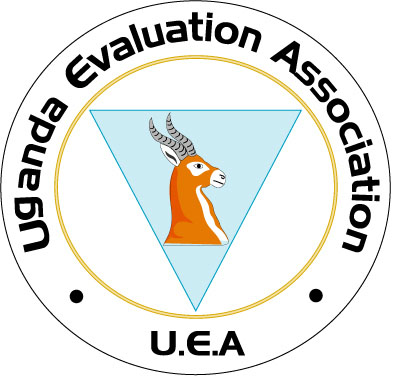
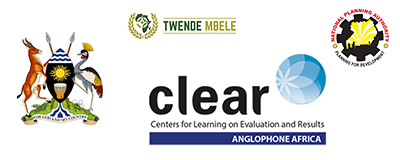



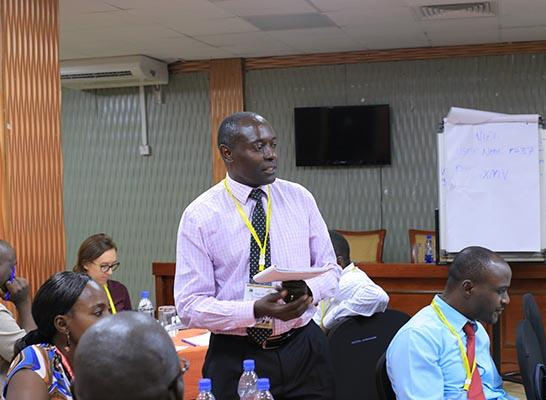

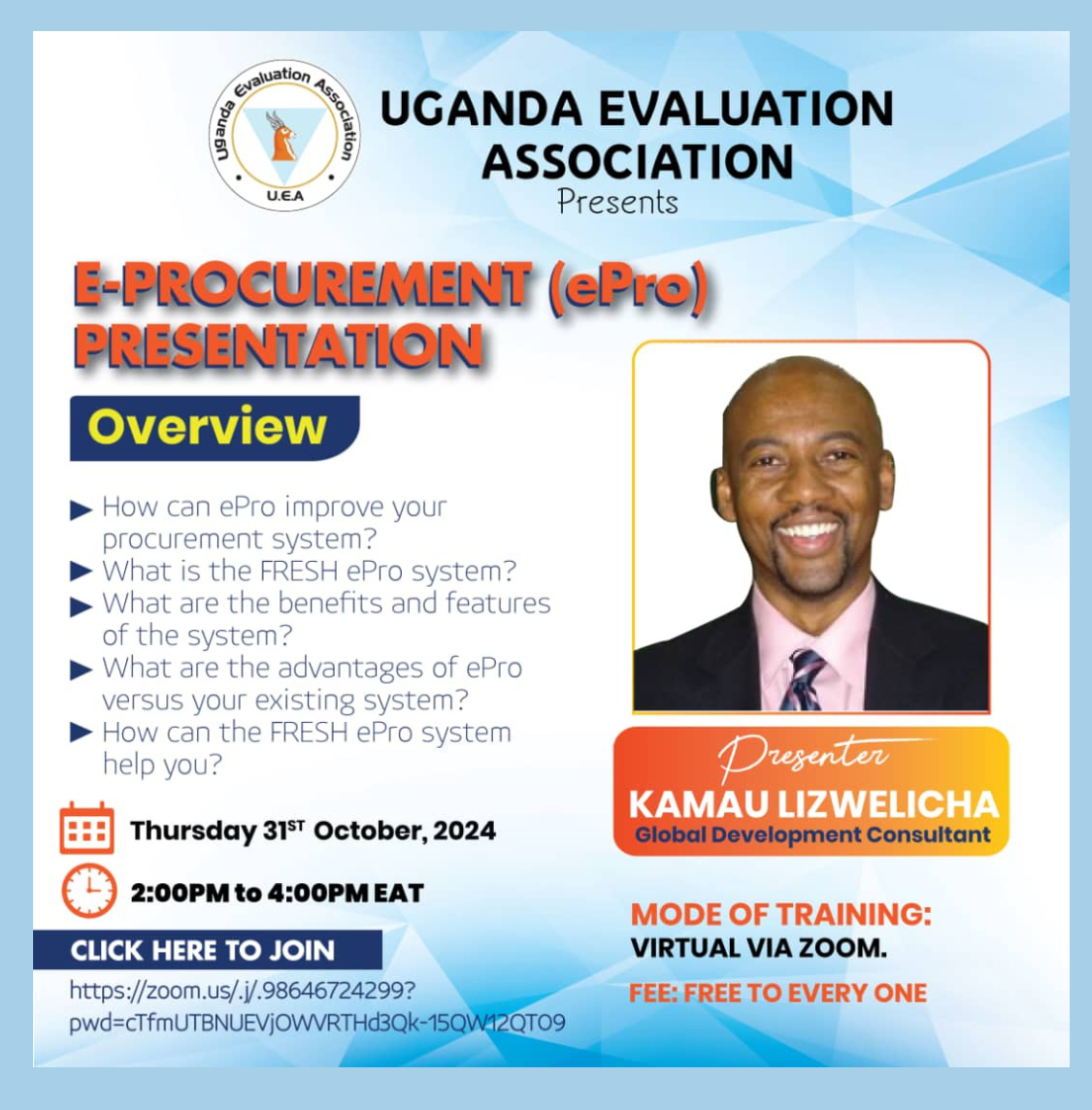
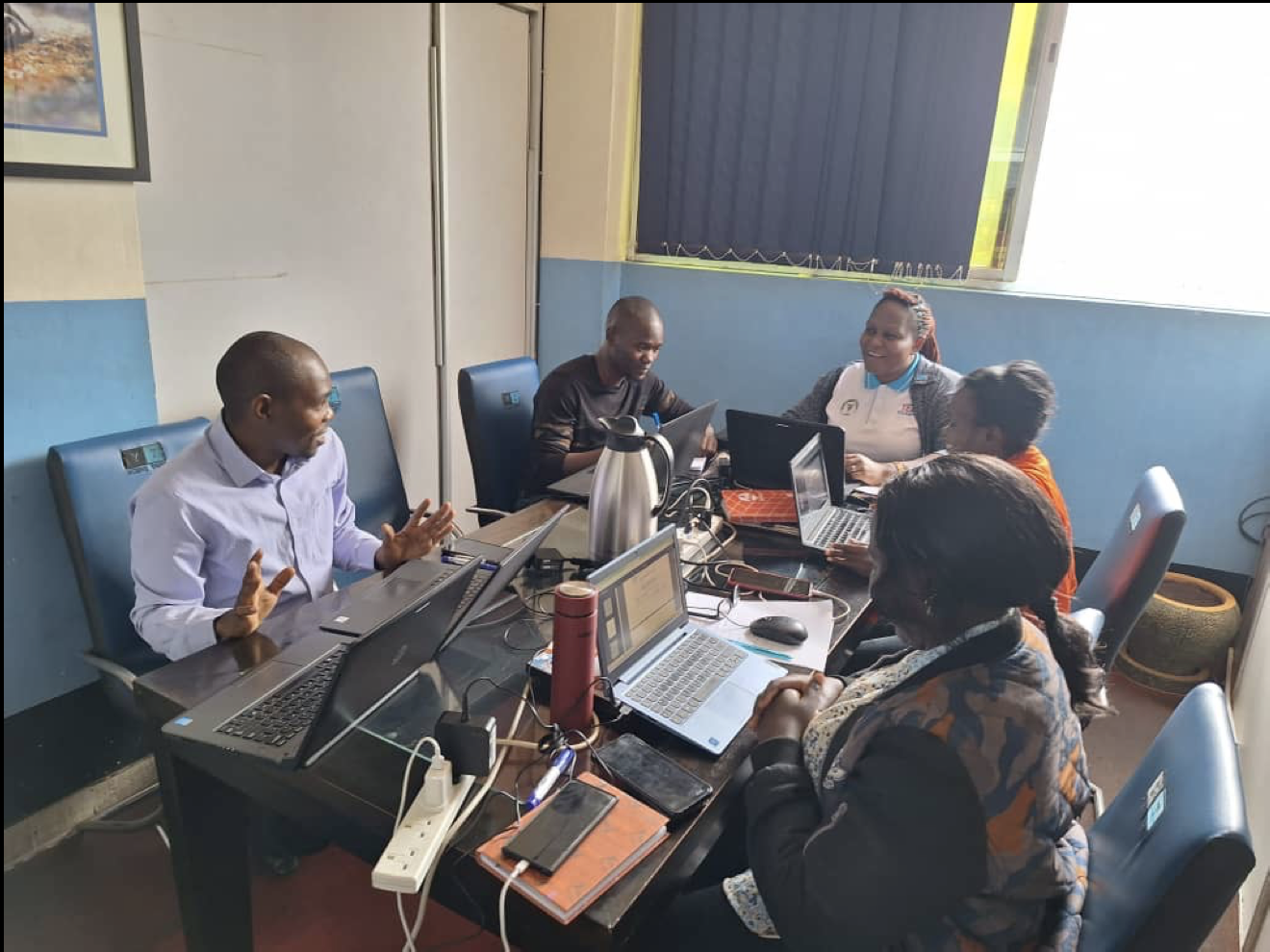
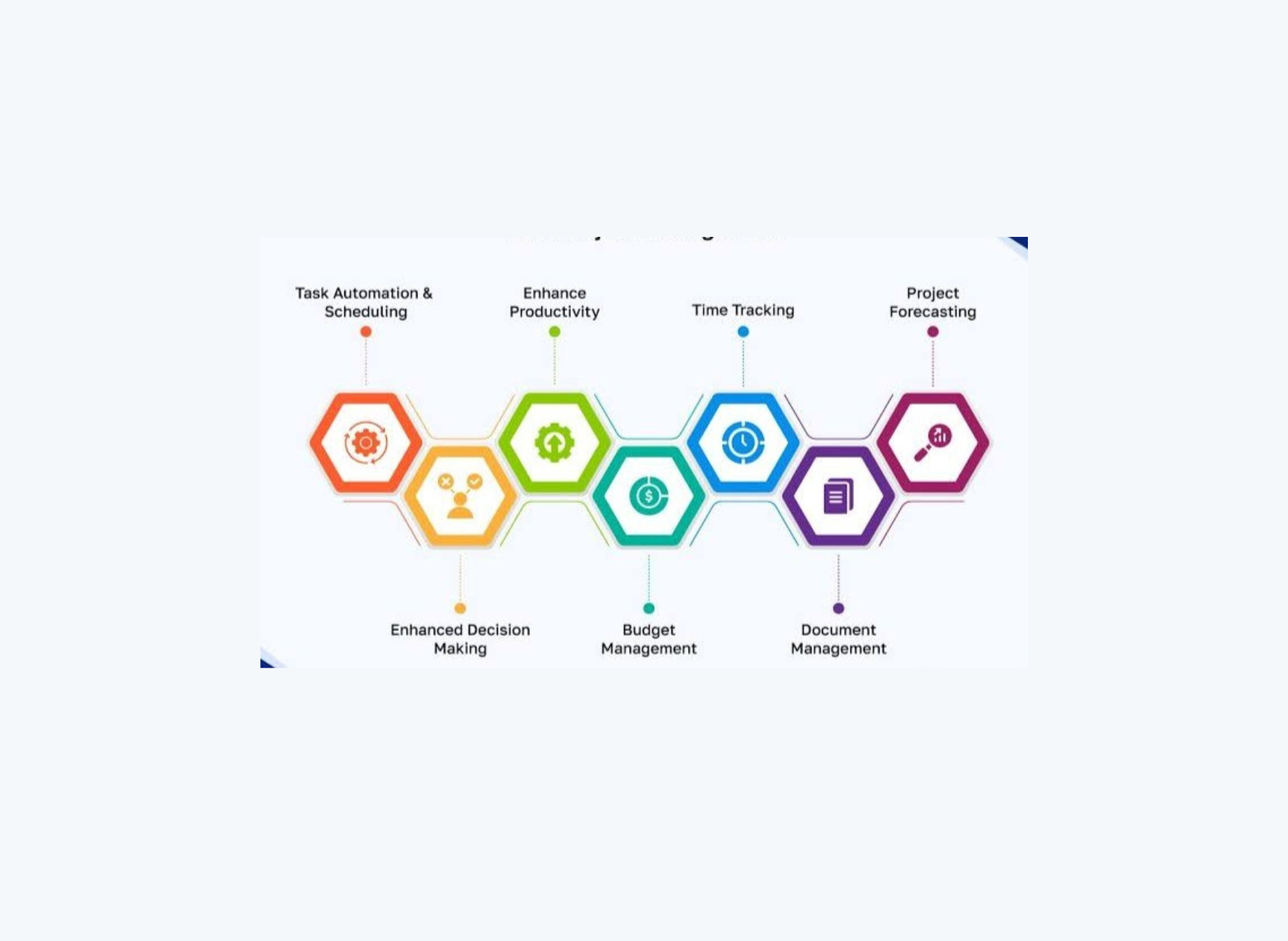

Leave a Reply